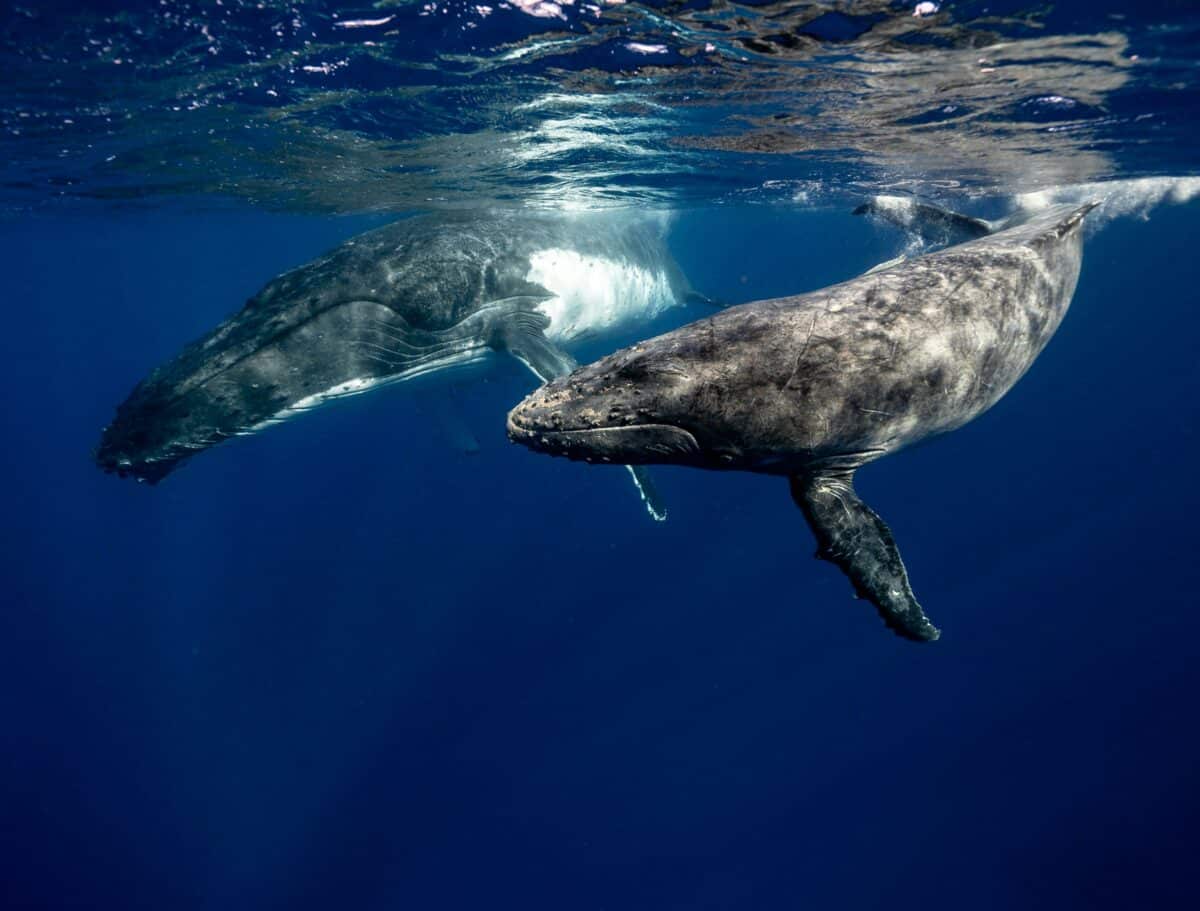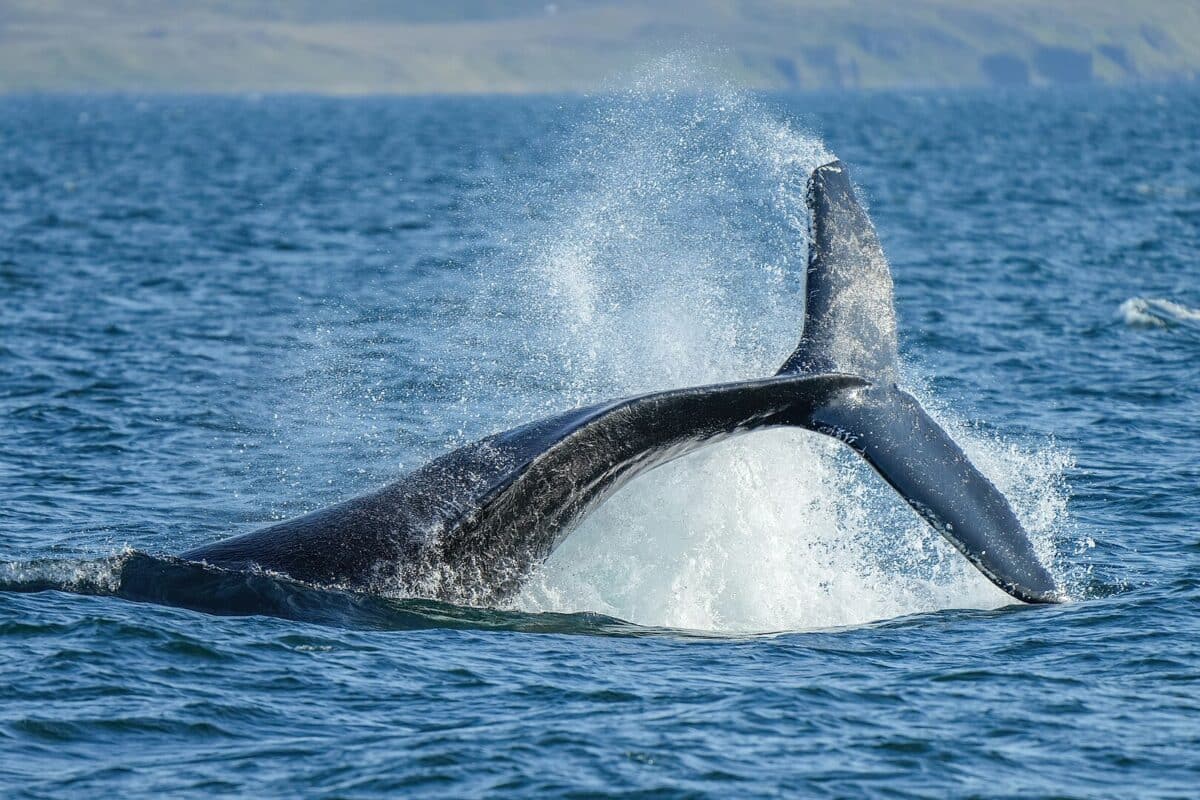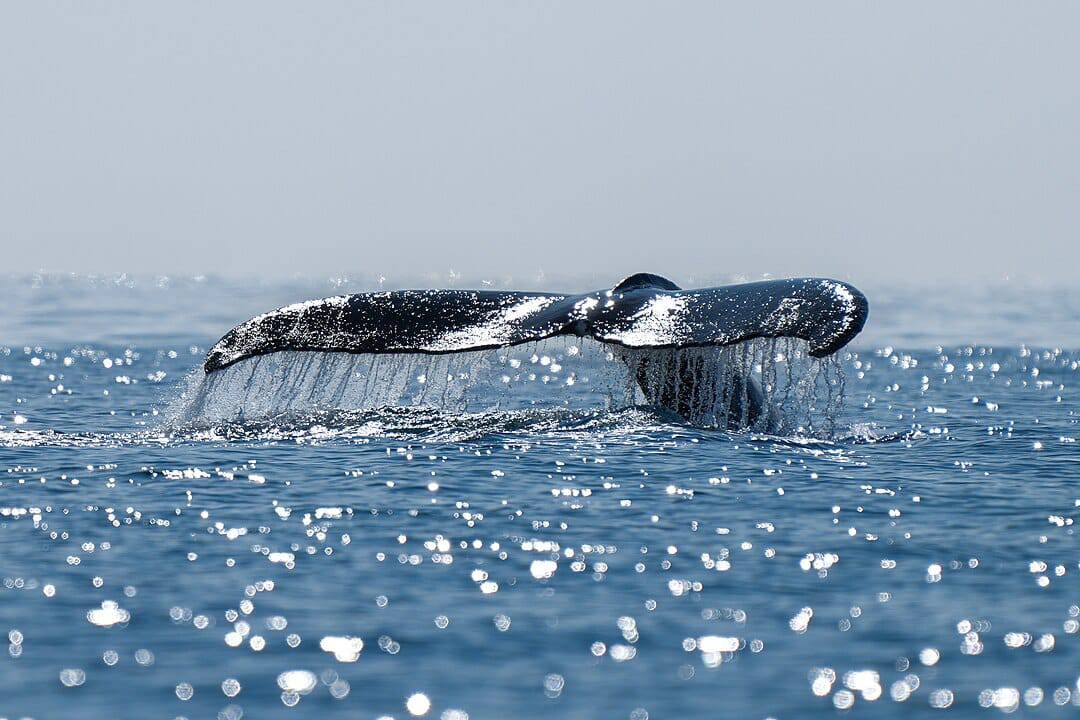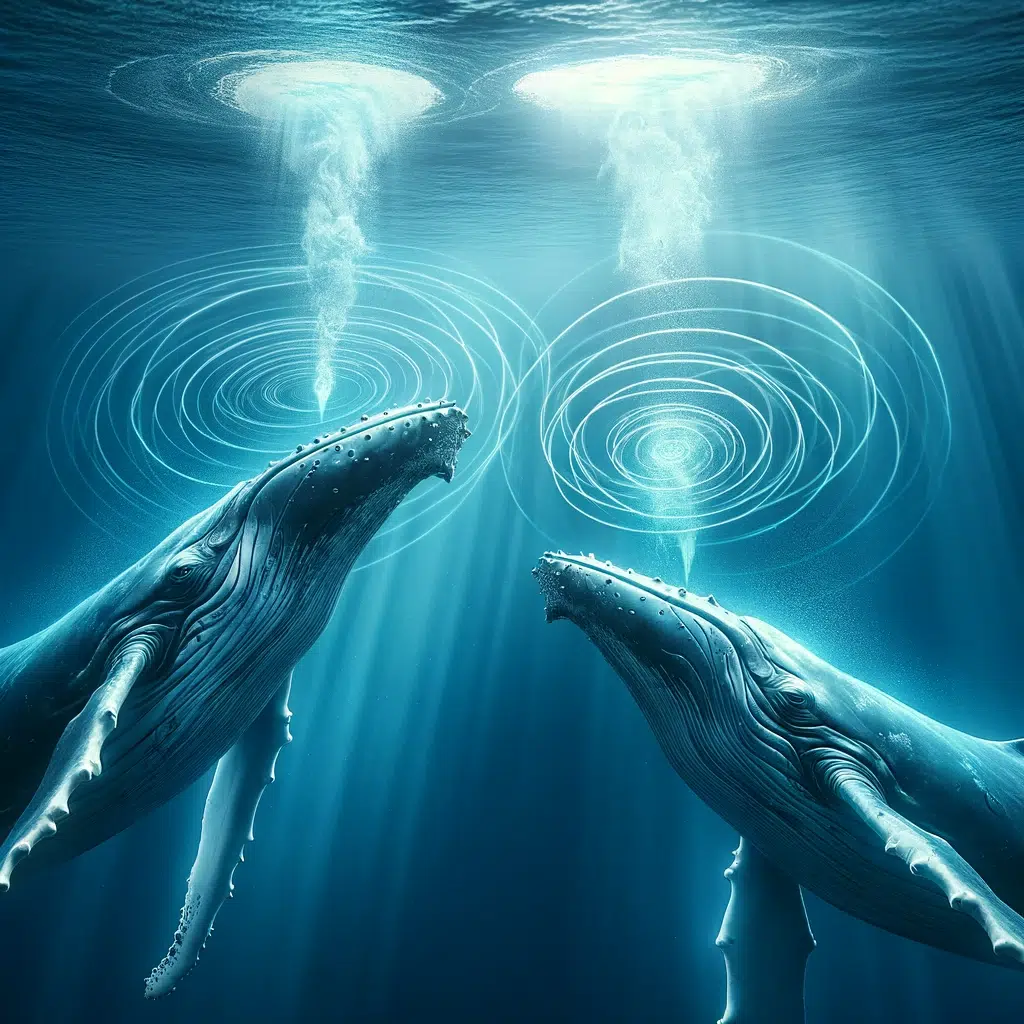A New Pattern in Whale Song
Humpback whales have revealed a new behavioral pattern in a recent study. In collaboration with NOAA’s Hawaiian Islands Humpback Whale National Marine Sanctuary, researchers discovered that these whales move their singing away from shore during the day and return nearshore in the evening. This finding significantly explains the humpback whale behavior and song.

Understanding Whale Movements
The study, published in Royal Society Open Science, utilized underwater listening devices and visual surveys to track whales’ physical and acoustic movements in Hawaii’s high-density breeding grounds. Anke Kügler, the lead author, explained that singers might be trying to avoid the cacophony nearshore when whale numbers are high. Additionally, the whales move closer to shore around sunset, possibly to escape the noisy chorus of other offshore animals.

Implications of the Findings
This research sheds light on the dynamic onshore-offshore movement of singing humpback whales. Marc Lammers suggests that this behavior may increase the whales’ acoustic display efficiency, ensuring their songs are heard by other whales. The study is the first of its kind to use specialized acoustic sensors to localize individual singers and understand their daily movement patterns.

Addressing Noise Pollution Concerns
The study also highlights the issue of potential acoustic masking from natural sources, including one whale masking another whale’s song. This aspect has been mostly overlooked in discussions about noise pollution related to marine mammals. The new findings contribute to our understanding of how animals relying on acoustic signals adapt their behavior in loud environments.

The Threat of Seismic Surveys
Anthropogenic noise pollution, particularly from seismic surveys, poses a significant threat to the complex communication systems of humpback whales. Seismic surveys for underwater mapping and oil exploration generate intense sound waves that travel long distances underwater. These loud noises can disrupt the natural acoustic environment, making it challenging for whales to communicate effectively. The interference caused by seismic surveys can lead to changes in whale behavior, including alterations in singing patterns, migration routes, and even feeding habits. Protecting these majestic creatures from such disturbances is crucial to ensure their survival and the preservation of their intricate communication networks.

Conservation and Stewardship
This research contributes to fulfilling the Sanctuary’s management plan by developing crucial research on humpback whales and their habitats, aiding in maintaining a healthy, sustainable population.
You might also enjoy:
The Best Places to See Humpback Whale
Humpback Whale vs. Killer Whale
Huge Humpback Whale Surprises Kayaker
Join our Forum for free today!

- The Bond Between a Wild Baby Bison and Her Rescuer - July 20, 2024
- An Excited Husky’s First Ever Time in Snow - July 20, 2024
- Top 20 Colorful Species To Brighten Your Day - July 14, 2024

